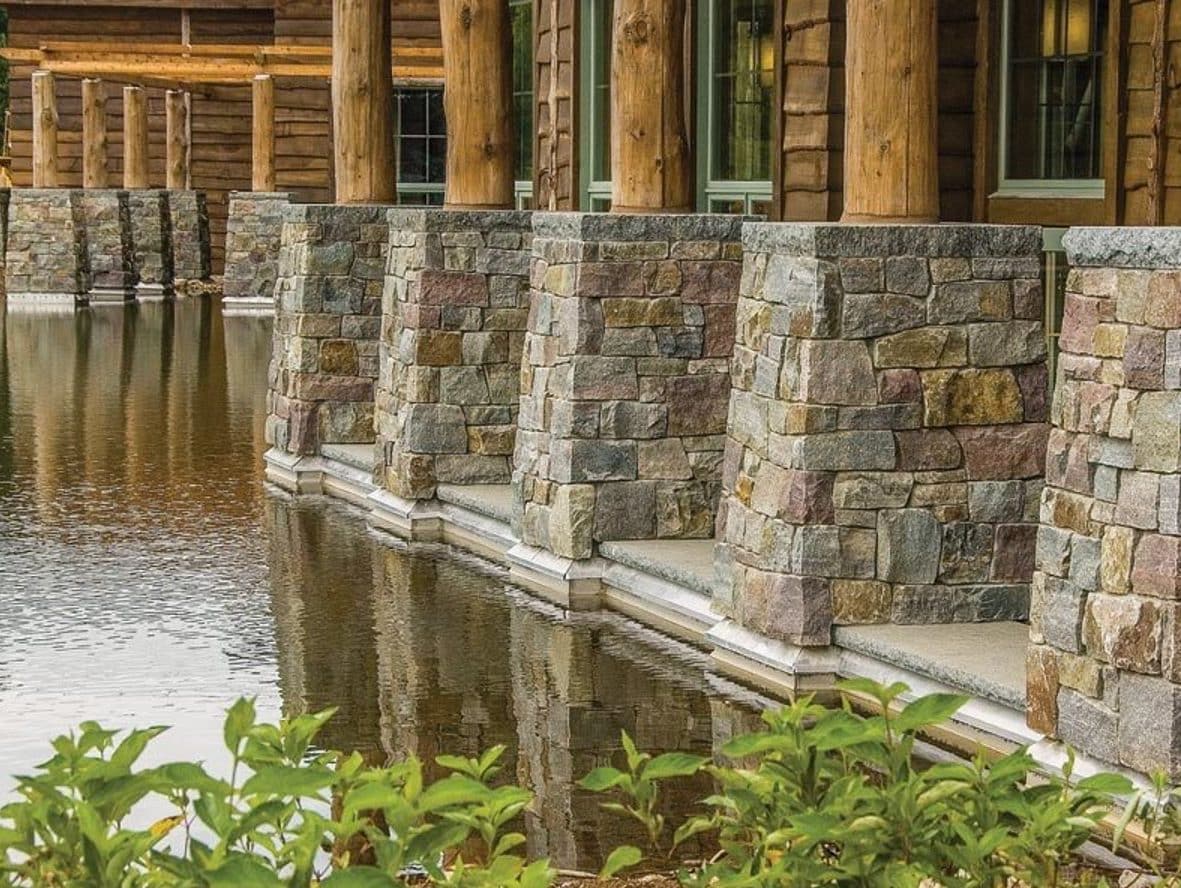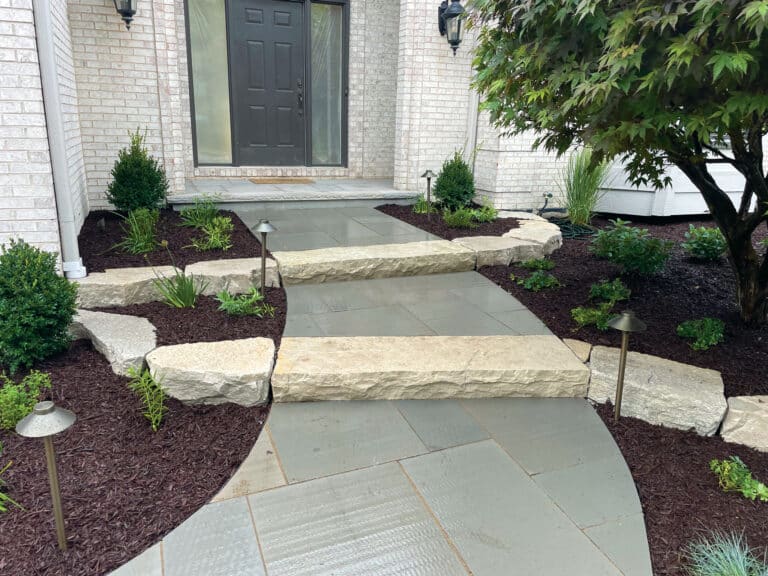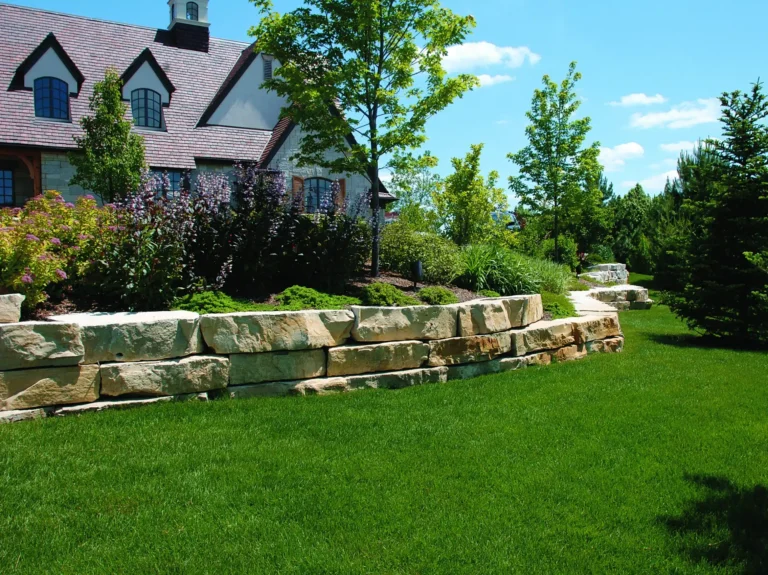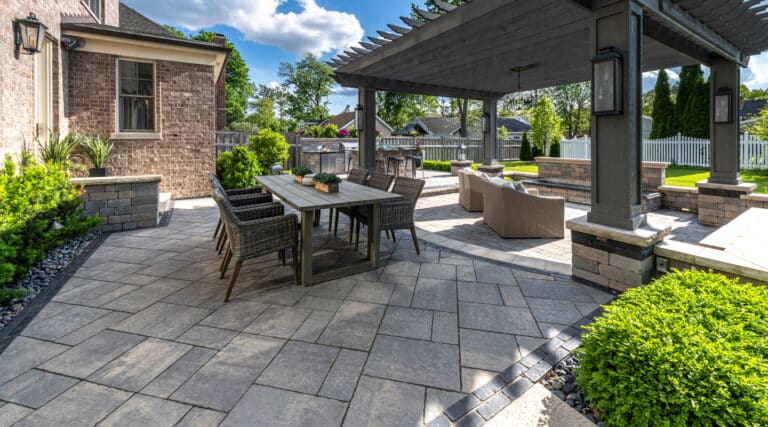Stone is a traditional and beautiful way to decorate a variety of products and landscapes. However, stone can be expensive and installation can be difficult. While you can choose to utilize full depth veneer, there are options available to achieve the look of stone without the additional cost associated with building a structural wall to support it. A stone veneer is any stone used as decorative material that is not meant to be load-bearing. This essentially gives the project the outward appearance of stone without the extra cost. There are two main types of stone veneer, full and thin, and a big decision is which type will best represent your living space.
What’s the Difference?
As their names suggest, full stone veneer is the more full cut of stone (usually 3-5 inches thick). Thin stone veneer is cut more thinly (usually ¾ of an inch to 1½ inches). Full stone veneer is also much heavier than its thinner counterpart. This extra weight can make installation more costly and time-consuming with the structural concerns that come with that additional weight.
Cost
There’s also a cost difference between thin and full stone veneers. However, it’s important to consider all aspects of the installation when comparing costs. The thin stone veneer may be more costly upfront, as additional labor cost is already included in the cost of the material. This is due to cutting the stone down to that shallower thickness. However, there is also additional labor to be considered with installing full stone veneer. This is because of the structure needed to support a heavier veneer. The cost can also vary based on the type of stone the veneer is made of. Overall, it’s best to consult with an expert about how the cost will break down for both thin and full stone veneer.
Type of Project
The other consideration when choosing between full and thin stone veneer is the type of project it will be used for. Thin stone veneer is more versatile as it doesn’t need to be structurally supported like full stone veneer. It also can be used for taller or smaller projects where full veneers may not be practical. Full stone veneers may be the better choice when looking at outdoor projects, as they can better stand up against the elements.
Many types of stone veneers are available and offer both thin and full options. You just have to decide what will work best with your budget and project. Lurvey Home & Garden has all the resources you need to make the best decision, so stop in today!










